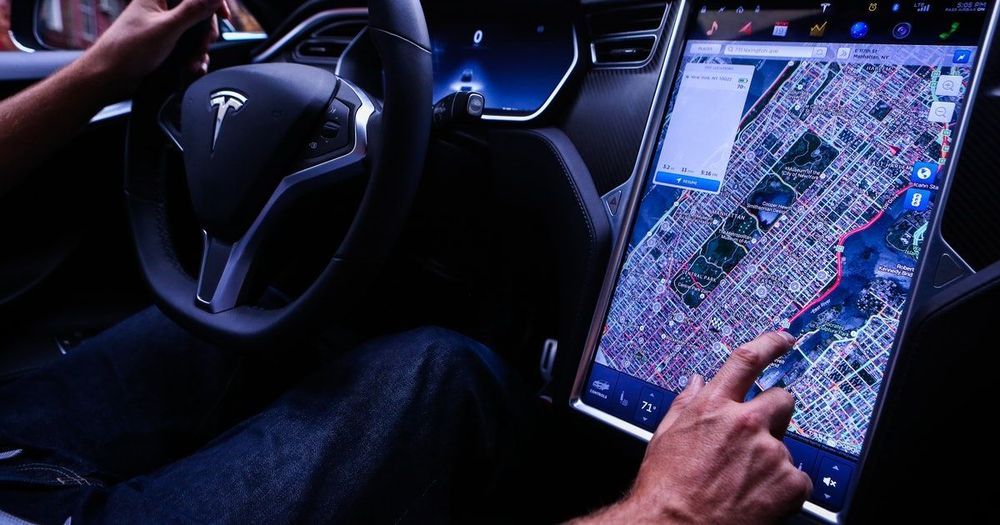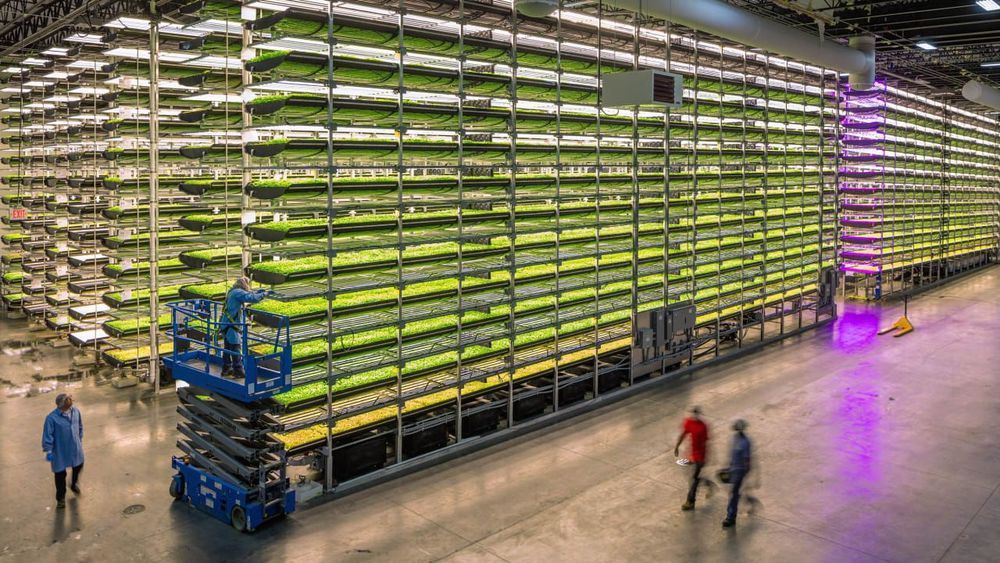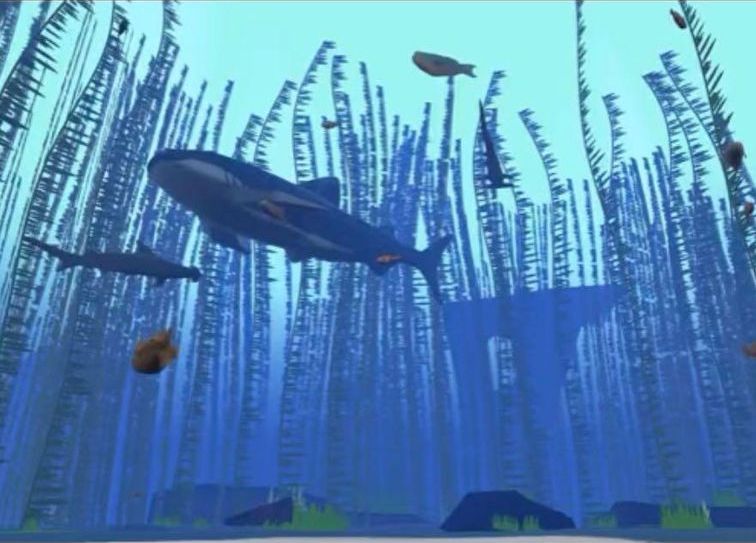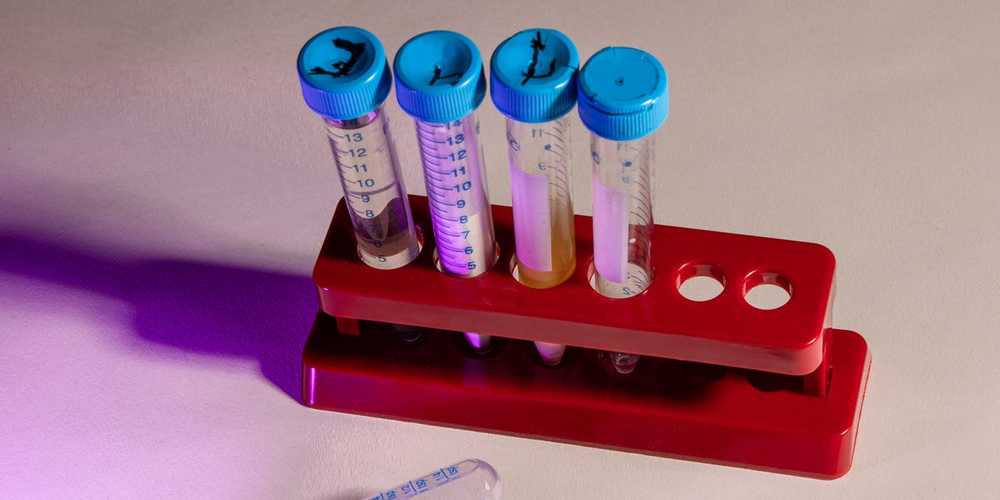When a Tesla meets the “Back To The Future” franchise, we normally end up with a match made in heaven. The Palo Alto carmaker has even released an Easter Egg revolving around this connection last year and we are now here to talk about a rendering that takes the link to a whole new level.
Page 7899
Apr 11, 2020
Elon Musk explains why Tesla full self-driving could be ‘superhuman’
Posted by Genevieve Klien in categories: Elon Musk, robotics/AI, transportation
Apr 11, 2020
How do you Protect Spacecraft from the Radiation of Space?
Posted by Michael Dodd in categories: cosmology, education, robotics/AI, space travel

Education Saturday with Curious Droid.
Far from calm and peaceful, space is a dangerous place with high levels of radiation not only from our sun but from distant supernovas. This is not only dangerous to us but also to the spacecraft themselves with is able to damage the electronics and computers that keep it running and the crew alive in it. So how do they protect the craft and crew with what looks like almost no shielding at all?
Continue reading “How do you Protect Spacecraft from the Radiation of Space?” »
Apr 11, 2020
Abu Dhabi is investing $100 million in indoor farming as it tries to become more resilient
Posted by Kelvin Dafiaghor in categories: food, sustainability
The farm, the first in the world to commercially grow tomatoes solely under artificial light, is one part of a push to transform food production in the United Arab Emirates, where 80% of food is imported.
With little water, scorching temperatures, and not much arable land, the UAE currently imports 80% of its food. Can it go local?
Apr 11, 2020
The US just became the first country in the world to record more than 2,000 coronavirus deaths in 24 hours
Posted by Brent Ellman in category: biotech/medical
“More Americans died between Monday and Saturday (8,800) than died from the wars in Afghanistan and Iraq combined.”
The US reported 2,108 deaths on Friday and passed 500,000 confirmed cases, but White House officials say the speed of the outbreak is easing off.
Apr 11, 2020
NASA created a game that lets you help map the ocean’s coral reefs
Posted by Fyodor Rouge in categories: robotics/AI, transportation
A new iOS game from NASA asks players to identify the coral in 3D images of the ocean floor. Doing so will help train AI to do it automatically.
Apr 11, 2020
Cyborg computer chips will get their brain from human neurons
Posted by Nicholi Avery in categories: biological, cyborgs, robotics/AI

If you enjoyed this article or found it informative and wish to share it, you can do so from the following link: https://www.facebook.com/383136302314720/posts/564255487536133/
A.I. has already gotten to almost sci-fi levels of emulating brain activity, so much so that amputees can experience mind-controlled robotic arms, and neural networks might soon be a thing. That still wasn’t enough for the brains behind one ambitious startup, though.
Continue reading “Cyborg computer chips will get their brain from human neurons” »
Apr 11, 2020
Covid-19 Research Update: Dr. Jacob Glanville and Sarah Ives
Posted by Nicholi Avery in category: biotech/medical

Join us for LIVE updates as Dr. Jacob Glanville and Sarah Ives give the world the latest news on the novel research being done in the fight against #Covid19.
- Today at 2:45PST — LEARN MORE about all of the amazing things happening in their world by clicking the links below!
www.distributedbio.com www.centivax.com — #Centivax #Dbio #DistributedBio #Biotechnology #Research #Antibodies #Pandemic
Apr 11, 2020
A coronavirus vaccine could be ready by September, according to a British scientist who is developing one
Posted by Nicholi Avery in category: biotech/medical
Professor Sarah Gilbert said a working vaccine by September was “just about possible if everything goes perfectly.”
Apr 11, 2020
Chinese Launched Satellite Seen Crashing Back to Earth Over Guam, USA
Posted by Bill D’Zio in categories: astronomy, satellites, science, space, space travel
From the US territory Guam, sightings came in of a fireball falling from the sky. The strategic location of Guam and the U.S. military stationed there has drawn attention for years. Guam thrust into the limelight during heightened tensions with North Korea. In August 2017, North Korea launched missiles that flew over Japan and into the northern Pacific Ocean in an apparent attempt to threaten the US territory of Guam. North Korean leader Kim Jong Un did not follow up on his threats, but a fireball came crashing down from a different source.
Local officials quickly released an announcement indicating the Chinese Long March Launch as a likely source of the fireball. Indeed, an Indonesia satellite launched on a Chinese rocket came crashing back to Earth. The satellite failed to reach orbit. The failure of the new communications satellite for Indonesia to reach orbit marked the second failure for china’s space agency in less than a month, state media reported April 9.
It is unlike the Chinese Long March 3, workhorse of the Chinese launch industry, series rocket to fall. According to the Xinhua News Agency, the rocket lifted off at 7:46 p.m local time from China’s Xichang Satellite Launch Center in the Sichuan province. The rocket traveled according to plan during the first and second stages. The Rocket third stage experienced abnormal conditions.
Continue reading “Chinese Launched Satellite Seen Crashing Back to Earth Over Guam, USA” »
Tags: China, crash, missile, north korea, rocket failure, satellite














